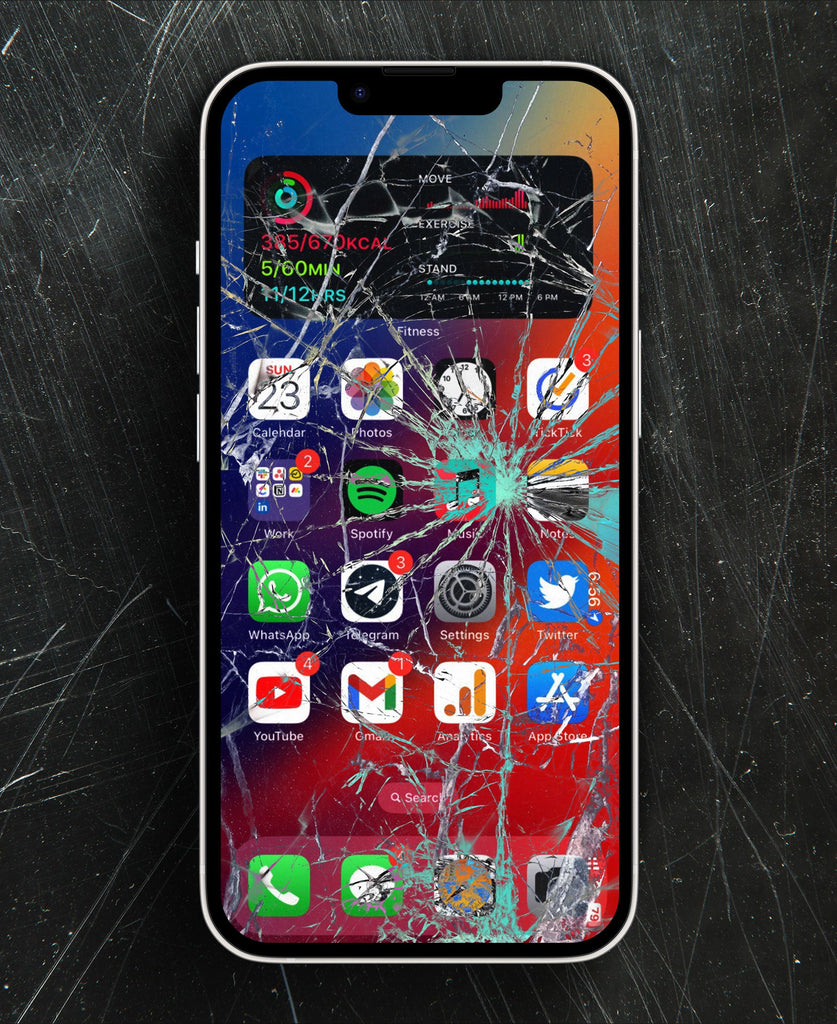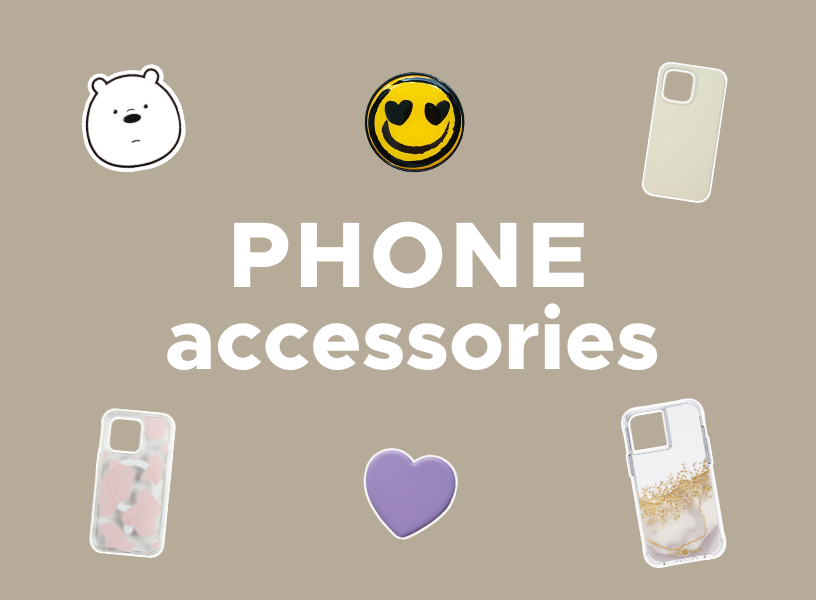Apple MagSafe Charger Issues
Warnings of Apple MagSafe Charger Issues
The new Apple MagSafe Charger, may not be as MagSafe... as featured...
Apple has issued warnings on its support page about the three potential issues that may occur when charging your iPhone with their MagSafe Charger.
- Your phone or charger could get too hot
- Placing credit cards or items with RFID chips in between your phone and the charger could damage them
- The charger could leave circular marks on leather cases and even silicon cases as shown on MacRumors

1. Your phone or charger may get too warm
As your phone charges, your iPhone or MagSafe charger may get slightly warmer. If the battery gets too hot; software may limit charging above 80% and/or charging could take longer after heavy use. This is to extend the lifespan of the battery.
Apple recommends moving your iPhone and charger to a cooler location if heating does occur. The phone would charge again when the temperature decreases.
Heat during charging is common with wireless chargers and is typically no cause for concern. Make sure your charger is out of direct sunlight and in a cooler spot if you are worried about the heat.

2. Credit cards could be damaged if they’re between the phone and charger
MagSafe chargers rely on magnets to snap the charger to the back of your device. However, magnets can tend to demagnetise, erase information stored or reduce the performance of items in credit cards or RFID chips.
When placed in between the charger and phone, the magnetic strips or RFID chips in cards may be damaged. Apple warns users not to place credit cards, security badges, passports or key fobs between your iPhone and MagSafe Charger. It is suggested that you remove them before charging or make sure they aren’t between the back of your device and the charger.

If you’re worried about the magnets in a MagSafe iPhone wallet, don’t be. MagSafe iPhone wallets are completely safe and won’t demagnetise your credit cards, according to MashableAustralia and Apple. Apple says that “the leather wallet is shielded so it’s safe for credit cards.” The shield protects Low Coercivity (LoCo) and High Coercivity (HiCo) cards – which describes how resistant something is from being demagnetised.
Smartphones, including iPhones, already have magnets that tend to demagnetise LoCo cards like hotel keys and gift cards, so you’ll want to treat them with care. Credit cards have stronger magnetic stripe technology, so the shield is enough to protect your card from the magnets in your phone.
So placing your cards in a MagSafe wallet is fine, just make sure to remove them when charging so they’re not damaged between the MagSafe Charger and your phone.
3. The charger may leave imprints on your leather or silicon case
As the new MagSafe charger uses magnets to keep your phone in place, the magnets could press against anything between your charger and phone, like your case. You can still charge your phone with a case on but unless you have a metal case or a thicker one, you may want to consider taking it off before charging to avoid imprints.
Circular imprints may form on your softer leather or silicon cases when pressed between the magnets in your phone and the charger. See the photo below from MacRumors of a user’s silicon case with faint but visible circular marks from using the charger.
![]()

How to Remove Malware Pop-Ups on Android Samsung, Google Pixel, Nokia Phones Is your Android showing constant pop-ups or ads? Learn how to remove malware from your Android phone safely. Pop-Up Hell: Ending the Android Malware Nightmare Are random pop-ups ruining your Android Samsung Galaxy, Google Pixel experience? You’re not alone. Many Android users encounter malware pop-ups caused by hidden adware apps disguised as games, “cleaners,” or “boosters.” These malicious apps don’t improve your phone—they slow it down, drain the battery, and flood your screen with ads. Here’s how to remove malware pop-ups from your Android phone and protect your...

The Timeless Charm of Norigae: Tradition Meets Modern Style The norigae (노리개) is one of Korea’s most exquisite traditional ornaments — a decorative tassel that has adorned hanbok for centuries. Once a cherished symbol of luck, prosperity, and elegance, the norigae is now being rediscovered as a fashion-forward accessory for modern lifestyles, from bags to tech devices like the iPhone, Samsung, Pixel, and other phones. What Makes a Norigae Special? A traditional norigae usually consists of four parts: Ddidon – the hook or clasp Paemul – the central ornament or charm Maedeup – the decorative knot Sul – the silk...

OEM vs. InCell iPhone Screens: What You Need to Know When your iPhone screen cracks, choosing the right replacement is crucial. With options like Apple genuine screens, OEM replacements, and InCell screens, it can be confusing. Understanding the differences ensures you get the best balance of quality, durability, and value. What is an OEM iPhone Screen? An OEM screen is made to match the original specifications of your iPhone. These high-quality screens provide: True colour accuracy and brightness Full compatibility with features like 3D Touch, True Tone, and Face ID Durable performance to last longer than cheaper alternatives OEM screens...


